
When it comes to chips, everyone must be familiar with them. Anything related to electronic circuits relies on chips to run various codes to achieve the desired functionality. Moreover, chips that have been mass-produced for a long time are also quite profitable. For example, when we buy a mouse for 9.9 yuan on PDD, it’s easy to find that a small circuit board plus a few microswitches and optical sensors can last for two to three years. Of course, some friends might say that these structures are simple and not difficult to make, and the authenticity is just a matter of perception; they’re not unusable. So today, we won’t discuss those that don’t differ much in use; instead, we will talk about the seemingly higher-end memory cards and hard drives that have counterfeit products.
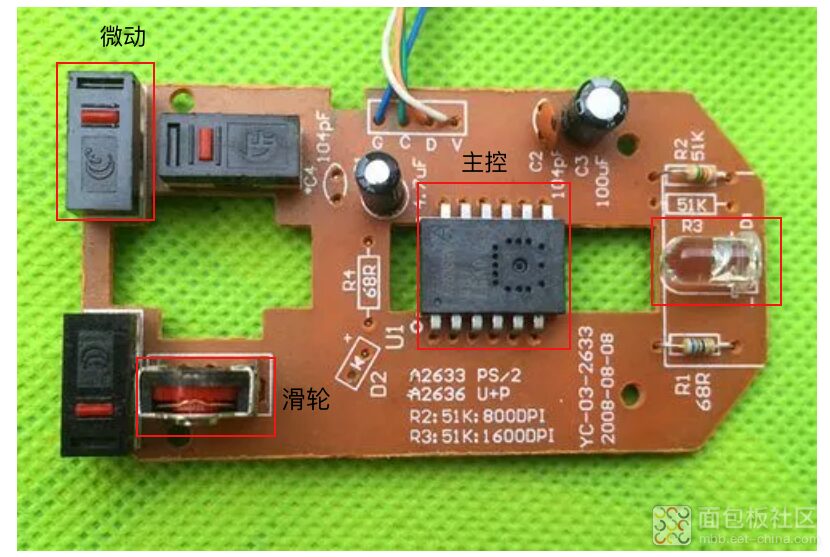
I also started as an electronic novice, so I suffered quite a bit when buying cheap products early on. I still remember buying a dual-headed USB flash drive back in the day, from the brand Xizhu or Jin Xizhu, which was only a few dollars for 128G. I bought it out of curiosity and to expand my phone’s storage for watching movies. Unfortunately, it turned out to be a fake expanded USB drive; copying more than 4G would just fail. I also tried mass production and recovery to see how much space it really had, but no matter how I tried, I was unsuccessful, and I ended up losing it without seeing its true form. So today, I want to share what I know about counterfeit storage.
When it comes to memory cards, everyone seems to still be stuck in the era of ten years ago, when mobile phones were dominated by Nokia’s button phones. People would spend 200+ yuan to buy an 8G or 16G memory card to expand their phone’s storage. Of course, nowadays, mobile phone storage is directly soldered onto the motherboard, but do you think the counterfeit products would decrease? Memory cards are still widely popular due to their ease of insertion and durability, so there are still many products that can be compatible, which has led to the emergence of many “black market” products.
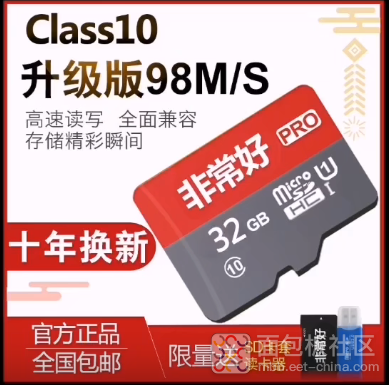
Black Market Product 1: Inferior Quality Cards You can easily find cards for 12 yuan for 32G and 30 yuan for 64G on e-commerce platforms, these so-called “magical cards” are both fake cards and expanded cards. Fake cards are inferior quality, and storage chips focus on data transfer rates. The packaging factory will test the dies on a wafer during final testing; generally, there are FT and MT requirements. Higher-end or automotive-grade chips will undergo high and low-temperature testing on the wafer—reading and writing operations under conditions of 85°C or low-temperature 20°C. We call this “KGD,” meaning Know Good Die, where poor quality chips are filtered out during mapping and will not be packaged into chips at all. Moreover, there are complex subsequent tests, so legitimate manufacturers will not allow defective chips to be released.
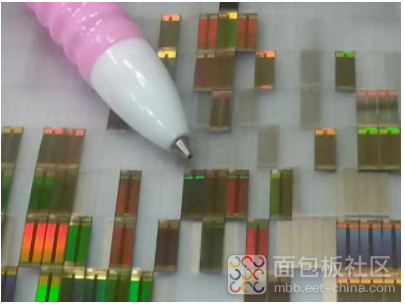
At this point, the KGD chips that have been filtered out are left scattered on the wafer. The remaining ones, while not at the point of being scrapped, still undergo special “processes,” such as repackaging and selling to third parties, who then repackage them. The poor-quality memory cards or chips that can be used as low-end products are instead marketed by unscrupulous vendors as high-grade products, complete with counterfeit logos of major manufacturers, with all the designs and packaging mimicking legitimate manufacturers, aiming to confuse consumers. If you fall for the temptation of low prices, you’ve been trapped.
Black Market Product 2: Expanded Cards
Another common type is called expanded cards. As the name suggests, these are originally legitimate cards, such as a low-end 4G NAND, but through special mass production tools, the firmware at the bottom layer is rewritten, tricking consumers into believing that a card that can originally store only a little data has opened up a fictitious amount of space, allowing them to sell at higher prices or emphasize cost-effectiveness to deceive those seeking bargains. Moreover, the formatting and mass production of these expanded cards are not easily recoverable, so many people buy them, use them for a week or two, and feel fine, but once the internal space is full, they can no longer write data. A 128G space might only allow 3.8G of usable space, which I have personally experienced. Of course, if it can’t write, that’s still considered fortunate; there are worse cases where you can store fifty gigabytes of files, but when you’re excited to read them, it keeps throwing errors, and you often can’t detect the error on your computer, which usually means the card is an expanded card.
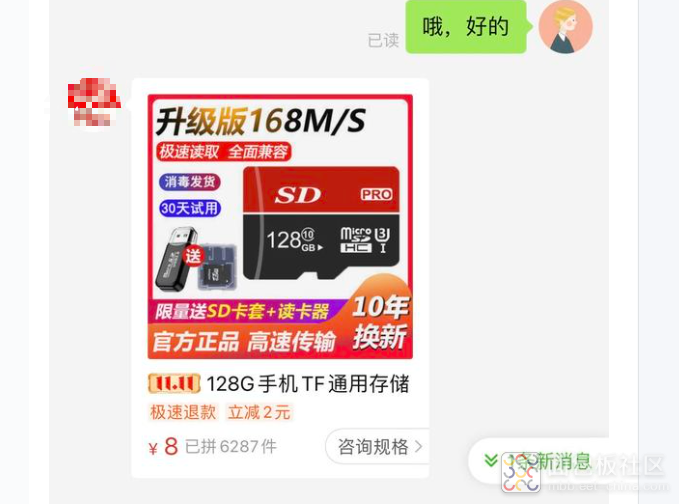
Black Market Product 3: Low-Speed Cards
Low-speed cards are relatively rare compared to the above, as those who care about transfer speed are usually more professional users, such as photography, aerial photography, and monitoring enthusiasts. They have high demands for data quality and reliability, so they generally buy from official flagship stores, understanding that you get what you pay for. However, this does not prevent some unscrupulous vendors from passing off low-speed cards as high-speed ones. We often see low-grade cards masquerading as high-grade ones, as for some small workshops, it’s as simple as changing an ink mold. Moreover, it is generally difficult for ordinary consumers to notice, as data transfer is a pipeline theory where the flow rate depends on the narrowest section of the pipeline. Therefore, even after testing the speed and going back to complain to the seller, people often get vague responses. For items that cost a hundred or so yuan, they often just let it go after some minor troubles.
For ordinary consumers, low-speed cards just mean a poorer experience, but they can still be used. With more and more phones having onboard storage, the production of memory cards has decreased significantly. Times are advancing, and technology is evolving.
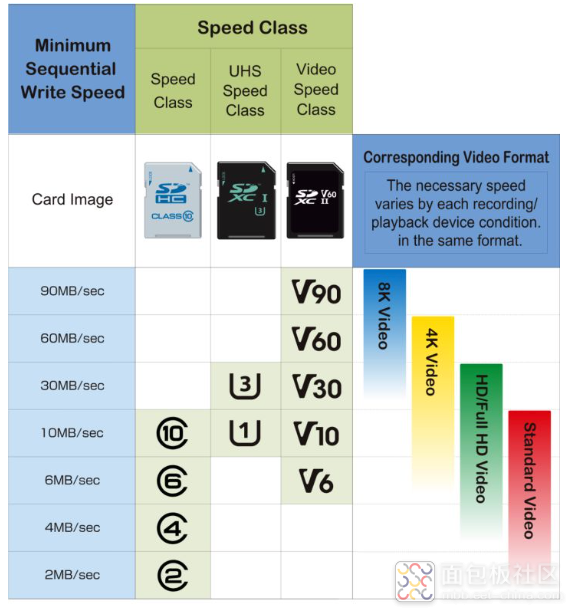
We can clearly see that the classification of levels from old to new can be divided into speed grades (Class2-Class10), ultra-high-speed grades (U1 and U3), and the latest video speed grades (V6-V90). Currently, speed grades (Class2-Class10) are outdated, but for some reasons, memory card manufacturers still label them on memory cards, which we can simply ignore since they are all Class10.
Mid to high-end cards from mainstream memory card brands can reach ultra-high-speed grade U3 or video speed grade V30; and for friends with higher performance requirements, it’s best to choose memory cards with video speed grades V60 or even V90, which can easily handle 4K video recording.
Black Market Product 4: Fake Solid State Drives
Not only memory cards but also solid-state drives are rife with counterfeits. We generally believe that fake solid-state drives are at least still solid-state, just a bit inferior, as making electronic components the size of a palm is inherently difficult. However, wherever there is profit, there is a market. The solid-state drive industry is not much less murky than that of memory cards. In the image below, an SD card is used to connect to a board, which is then interfaced with a SATA port through a main control and cache. It’s quite a feat for those who design and build circuits.In the eyes of insiders, this is just a card reader, but many unscrupulous individuals design it with a special interface and then custom-make fake hard drive casings, which can be assembled on the production line to create brand solid-state drives that look identical.
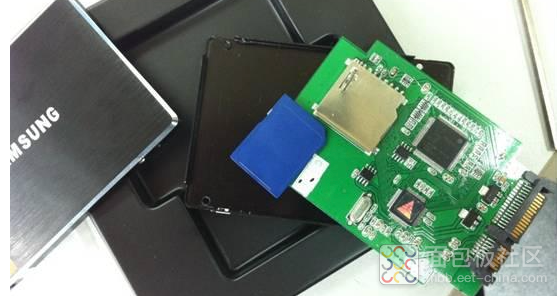
Even worse, they might directly combine four micro-SD cards to create a 512G solid-state drive. If you want a 512G solid-state drive, they simply connect four 128G SD cards together using a special main control. It seems that four 128G cards can add up to 512G, and if that’s not enough, they can solder on four more. For enthusiasts looking to expand their ideas, this is still quite innovative, as the growth of technology is not always in one direction; a hundred flowers blooming is what brings prosperity. However, if unscrupulous merchants seize on the huge profits and buy realistic-looking fake casings combined with expanded 128G cards to form a certain brand of solid-state drives, who knows how many novices, tempted by low prices, end up losing money or data.
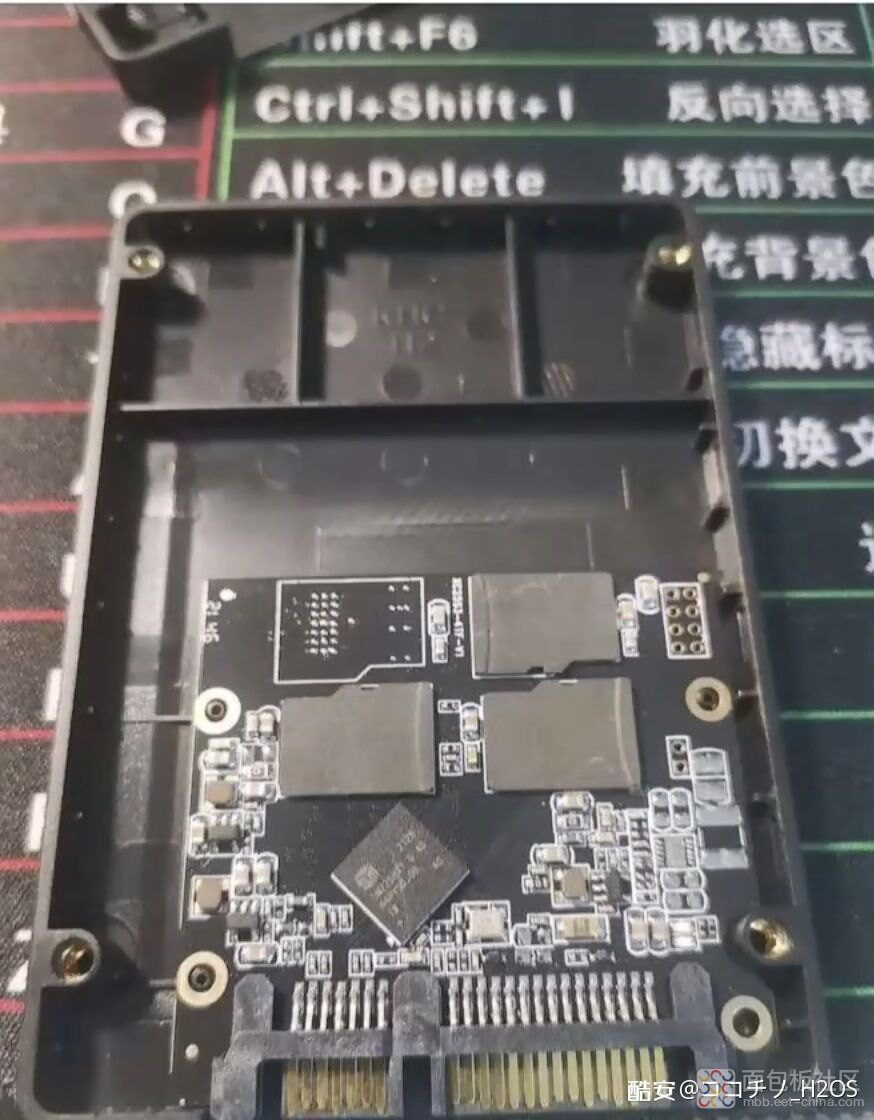
Conclusion: Don’t Be Greedy, Don’t Get Trapped, Trust Official StoresEvery day, many consumers fall for traps, and this has become a painful lesson summarized by many bargain-seeking consumers. Legitimate manufacturers can thrive and continuously develop new products due to quality and reputation. Relying on deception and trickery is not a sustainable path. I hope everyone can keep their eyes open and be vigilant against counterfeit products. Further Reading: Our neighbors in Japan launched a mind-blowing gadget in 2017, which combines ten micro-SD cards into a SATA solid-state drive, already available in Akihabara for about 250 yuan. Often, one cannot help but admire the creativity of the Japanese people. Moreover, they clearly state that this is for those enthusiasts who want to experience something new. However, I wonder if there are those who have ulterior motives eyeing the business opportunities?
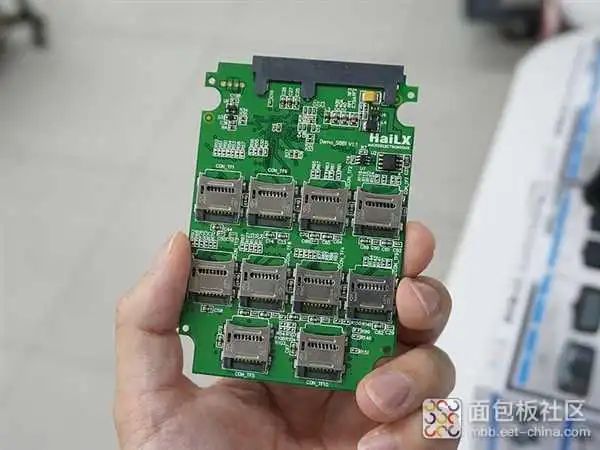
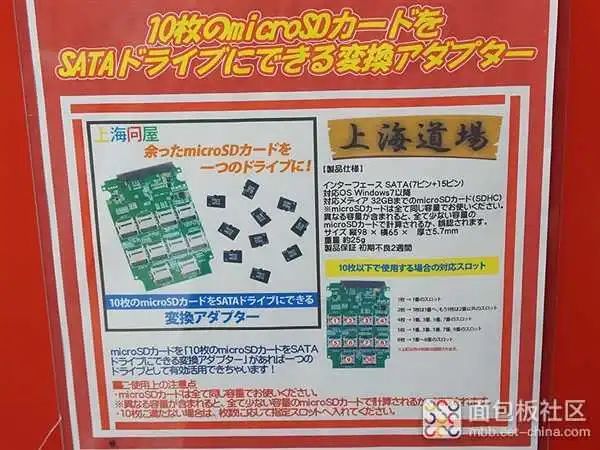

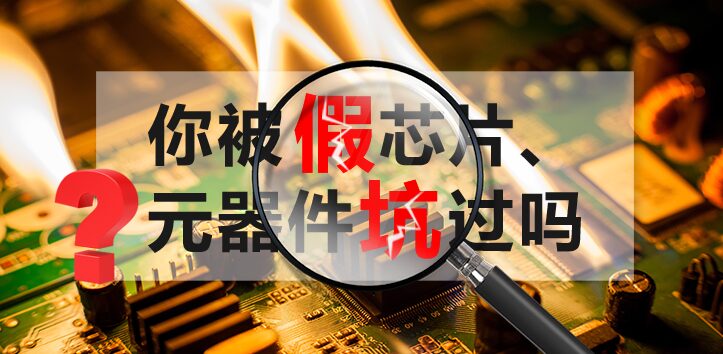
This time, we are discussing fake chips. What experiences do you have? Share for rewards!Activity Theme:Have you ever been cheated by fake chips or components?Content you can share:1. Have you encountered counterfeit chips or refurbished materials?2. What troubles did this cause you?3. How did the other party commit fraud?4. How did you identify it?5. What insights can you share?Activity Prizes:First Prize: 300 yuan JD E-cardSeveral Excellent Awards: 50 yuan JD E-cardParticipate to receive a 20 yuan JD E-card reward!

Scan to See Colleagues’ “Scammed” Experiences
